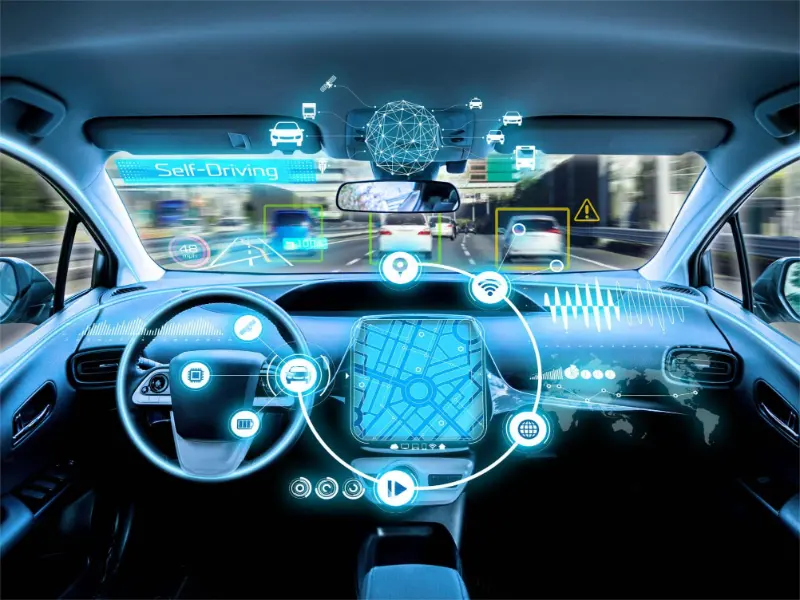- The 5th Generation Mobile Communication Technology (5G) is a new generation of broadband mobile communication technology with the characteristics of high speed, low delay and large connection.
- The automotive vehicles industry is highly competitive, with companies constantly innovating to meet consumer demands, technological advancements, safety standards, and environmental regulations.
- 5G technology plays a crucial role in advancing the capabilities of autonomous vehicles, making them safer, more efficient, and better integrated into smart transportation systems.
5G technology plays a crucial role in advancing the capabilities of autonomous vehicles, making them safer, more efficient, and better integrated into smart transportation systems.
What is 5G?
The 5th Generation Mobile Communication Technology (5G) is a new generation of broadband mobile communication technology with the characteristics of high speed, low delay and large connection. 5G communication facilities are the network infrastructure to realise the interconnection of man and machine.
As an evolution of the 4G system, 5G networks are also digital signal cellular networks, in which the service area covered by the operator is divided into many small geographic areas called cells, but its advantage is that Enhanced Mobile Broadband (eMBB) scenarios support faster download speeds with greater bandwidth and support more devices in densely populated areas, thereby improving network service quality.
Also read: How does 5G technology enhance the Internet of things (IoT)?
5G application in autonomous vehicles
Automotive companies are businesses that design, manufacture, distribute, and sell vehicles, including cars, trucks, motorcycles, and other types of vehicles. The automotive vehicles industry is highly competitive, with companies constantly innovating to meet consumer demands, technological advancements, safety standards, and environmental regulations.
5G technology has several applications in the realm of autonomous vehicles, enhancing their functionality and safety in various ways.
High-speed connectivity
5G networks provide ultra-fast and reliable connectivity, enabling real-time communication between vehicles, infrastructure, and cloud-based systems. This high-speed connection is crucial for transmitting large amounts of data quickly, which is essential for autonomous vehicles to make split-second decisions.
Low latency
5G offers low-latency communication, reducing the delay between sending and receiving data. This is vital for autonomous vehicles as they require instant responses to changing road conditions and potential hazards.
Also read: China’s Geely launches 11 low-orbit satellites for autonomous cars
V2X communication
Vehicle-to-everything (V2X) communication is a key application of 5G in autonomous driving. It allows vehicles to communicate with each other (V2V), with infrastructure such as traffic lights and road signs (V2I), with pedestrians and cyclists (V2P), and with the cloud (V2C). This exchange of information enhances situational awareness and improves overall safety on the roads.
Remote monitoring and control
5G enables remote monitoring and control of autonomous vehicles. Fleet managers and operators can access real-time data, monitor vehicle performance, and even intervene or take control if necessary, enhancing operational efficiency and safety.
Edge computing
5G networks support edge computing capabilities, allowing data processing to occur closer to the source (e.g., vehicles or roadside units). This reduces latency and enhances the efficiency of data analysis, enabling faster decision-making for autonomous vehicles.
Enhanced navigation and mapping
With 5G connectivity, autonomous vehicles can access high-definition maps, real-time traffic updates, and advanced navigation systems. This helps optimise routes, improve accuracy in positioning, and navigate complex environments more effectively.
AI and machine learning
5G facilitates the integration of artificial intelligence (AI) and machine learning (ML) algorithms in autonomous vehicles. These technologies rely on massive amounts of data, and 5G’s high-speed, low-latency connectivity ensures that vehicles can access and process data efficiently for tasks such as object recognition, path planning, and decision-making.

